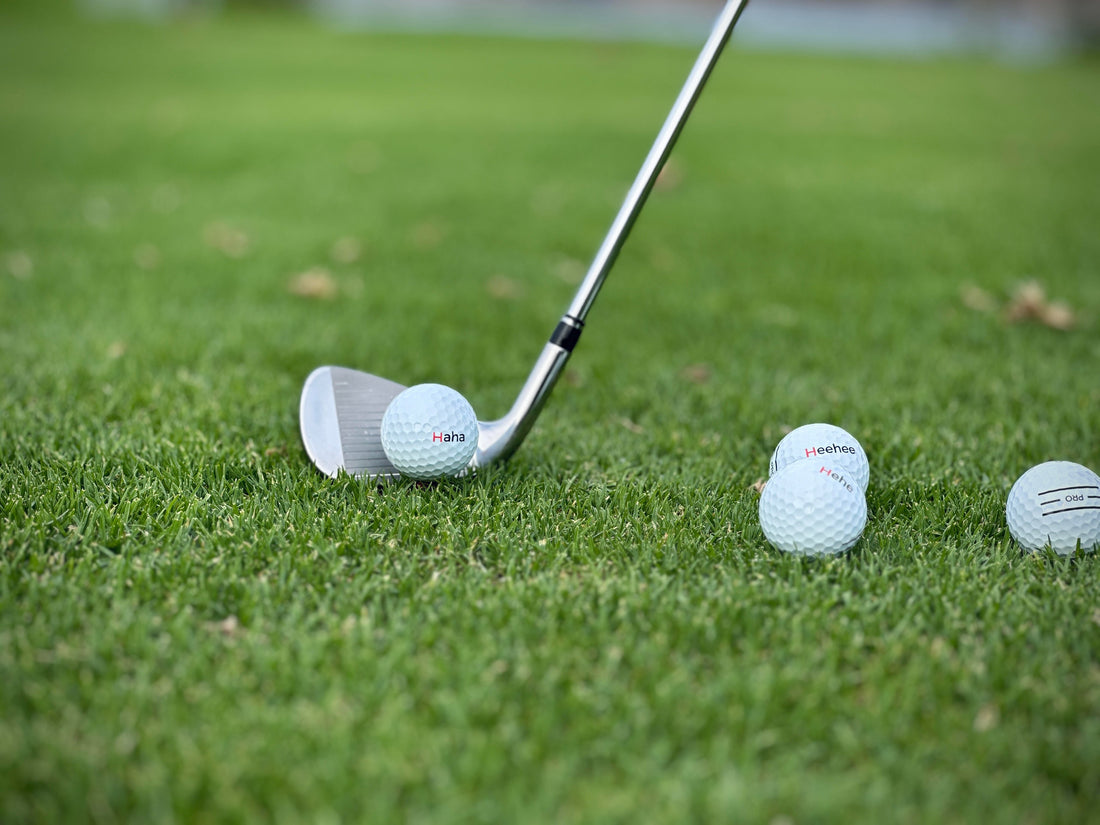
How to Choose the Right Golf Ball
Share
Selecting the right golf ball is an often-overlooked aspect of improving your game, but it can have a significant impact on your performance. With the wide variety of golf balls available on the market, it's essential to choose one that matches your playing style, skill level, and course conditions. Here’s a comprehensive guide to help you make an informed decision.
1. Understand Your Skill Level
Your level of experience and skill is a critical factor in choosing a golf ball.
-
Beginner: If you’re new to the game, prioritise affordability and durability. Two-piece balls made with a solid core and a tough outer layer are ideal because they are less expensive and can withstand mishits.
-
Intermediate: As you improve, you’ll want a ball that provides more control and spin. Look for balls with multiple layers (three-piece or four-piece) that balance distance with feel.
-
Advanced: Skilled players often benefit from premium balls that offer exceptional spin control, feel, and performance around the greens.
2. Determine Your Swing Speed
Your swing speed affects how the ball behaves. Golf balls come in varying compressions, and matching the ball’s compression to your swing speed can enhance performance.
-
Low Swing Speed (below 85 mph): Opt for low-compression balls that maximise distance and feel.
-
Moderate Swing Speed (85-100 mph): A mid-compression ball offers a balance of distance and control.
-
High Swing Speed (over 100 mph): High-compression balls are better suited for faster swing speeds, providing optimal control and energy transfer.
3. Evaluate Key Performance Characteristics
Golf balls are designed to excel in specific aspects of the game. Consider which performance factors are most important to you:
-
Distance: If you prioritise long drives, choose a ball with a firmer core and dimple patterns optimised for reduced drag.
-
Spin: Low-spin balls reduce slices and hooks, while high-spin balls provide better control and stopping power on the greens.
-
Feel: Softer balls typically offer a better feel, which is crucial for putting and short-game precision.
4. Assess Course Conditions
The type of course you play on can also influence your choice of golf ball:
-
Firm, Fast Fairways: A low-spin ball may help keep your shots straighter and maximise roll.
-
Soft, Damp Fairways: High-spin balls can help generate more lift and carry.
-
Windy Conditions: Look for a ball with a lower trajectory to reduce wind interference.
5. Test Different Balls
Once you’ve narrowed down your options, try out a few different golf balls and test how each ball performs in real-world conditions. Pay attention to how the ball feels, its trajectory, and its overall performance.
6. Consider Your Budget
Premium golf balls come with advanced technologies and better materials but are also more expensive. If you tend to lose several balls per round, a mid-range or budget-friendly option might be more practical.
Conclusion
Choosing the right golf ball is a personalised decision that depends on your skill level, swing speed, and playing conditions. By understanding the different types of golf balls and testing a few options, you can find one that enhances your game and complements your unique playing style. Whether you’re a beginner or an experienced player, the right golf ball can make all the difference in your performance on the course.